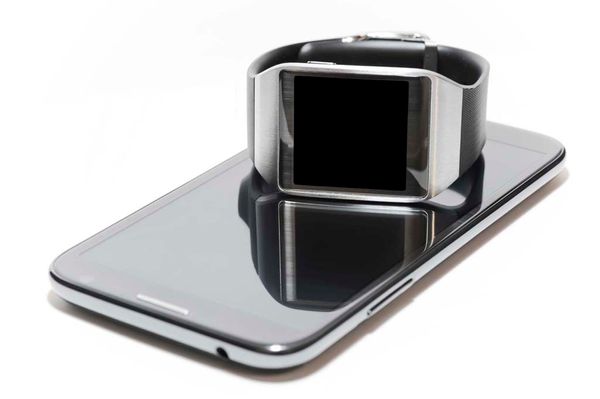Wearable Plain-Text Communication Exposed Through Brute-Force, Bitdefender Finds

The 6-digit pin code used to obfuscate Bluetooth communication between smartwatches and Android devices can be brute-forced into exposing messages in plain-text, according to Bitdefender’s Research Team.
Everything from SMS messages to Facebook or Google Hangouts chats are constantly being forwarded to your smartwatch. So all this communication should be safe, right? It turns out that, with a little ingenuity and some open-source tools, it’s actually easy to tap into smartwatch-smartphone communication and read everything in plain-text.
So far, smartwatches rely on Bluetooth pairing with an Android device when passing information between the two. Because the Android Wear obfuscation relies on a pin code of only six digits during the initial pairing, an attacker wouldn’t take long to brute-force number and start reading your conversations in plain-text.
[youtube http://www.youtube.com/watch?v=utVnrq5uCuM]
Of course, this means an attacker would have to be fairly near the victim and log all intercepted Bluetooth data packets. The large-scale adoption of such an exploit could be fueled by the increasing number of smartwatches or smartbands. Weaponizing it could only be a matter of time.
For this proof-of-concept, a Nexus 4 Android device equipped with Android L Developer Preview and Samsung Gear Live were used. The implications of these recent findings are only moderately surprising – we know from past experience that adoption of new technologies does not always go hand-in-hand with better security practices.
Part of the mitigation process involves using NFC pairing when sending the pin code or the use of pass-phrases. Of course, there’s always the option of adding a secondary layer of encryption at the application level, but this might shorten battery life due to extra encryption computations.
Update: Over-the-air Bluetooth encryption is handled by the baseband co-processor, built into most Android devices. Previous research has proven that this baseband co-processor can be tampered with via over-the-air updates.
Our research involved analyzing the raw traffic before being sent over the air via the baseband co-processor. This means that relying only on baseband co-processors to handle the encryption is not a fool-proof security mechanism. It also raises the question of how easy it is for someone to update the firmware on the baseband co-processor once a vulnerability is disclosed.
tags
Author
Liviu Arsene is the proud owner of the secret to the fountain of never-ending energy. That's what's been helping him work his everything off as a passionate tech news editor for the past few years.
View all postsRight now Top posts
Outpacing Cyberthreats: Bitdefender Together with Scuderia Ferrari HP in 2025
March 12, 2025
Streamjacking Scams On YouTube Leverage CS2 Pro Player Championships to Defraud Gamers
February 20, 2025
How to Identify and Protect Yourself from Gaming Laptop Scams
February 11, 2025
Your Device ‘Fingerprint’ Will Go to Advertisers Starting February 2025
December 24, 2024
FOLLOW US ON SOCIAL MEDIA
You might also like
Bookmarks








